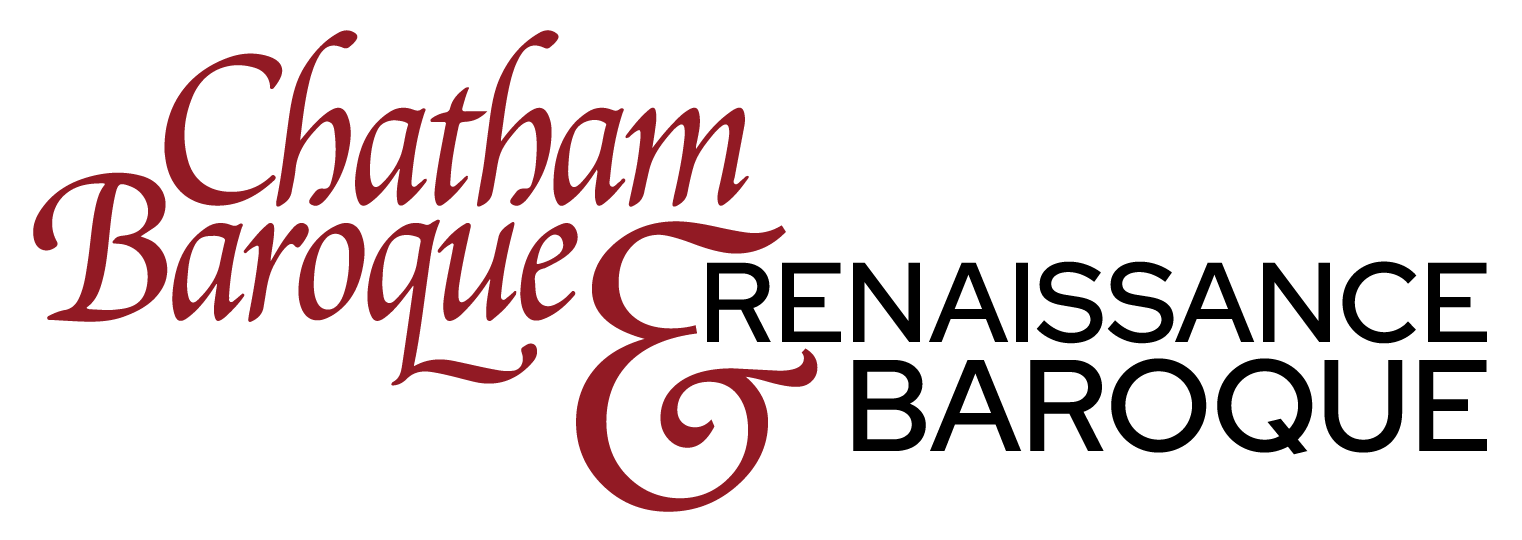
Early music is the music of the Middle Ages, Renaissance, Baroque, and Early Classical periods (roughly 1200 to 1800). It’s a different kind of classical music experience: the musicians don’t usually need a conductor, the concerts are intimate, and the ensembles are small enough that listeners can become acquainted with each performer. After several concerts, listeners might become familiar with rare and strange instruments and discover their admiration of obscure geniuses from centuries ago.
The musicians perform on period instruments or replicas of instruments the music was originally intended for. This means trumpets don’t have valves, and strings are usually made out of gut. If you’d like to learn a little more about the surprising natural materials used to recreate these instruments, you can read this article by Jeremy Reynolds of the Pittsburgh Post-Gazette. Case Western Reserve University has a great online Early Music instrument database that can be found here.
The musicians also strive to use the same techniques as the musicians of the period. Singers who specialize in early music repertoire sound different from modern opera singers because they draw upon an older style of singing from 16th or 17th-century manuals. Instrumentalists add ornamentation to their melodic lines and change dynamics for . Some players follow an unspecific set of instructions for their parts, similar to jazz musicians following a lead sheet.
We invite you to explore the past with us, and in so doing, gain some insight into the world which inspires the performers and performances.
